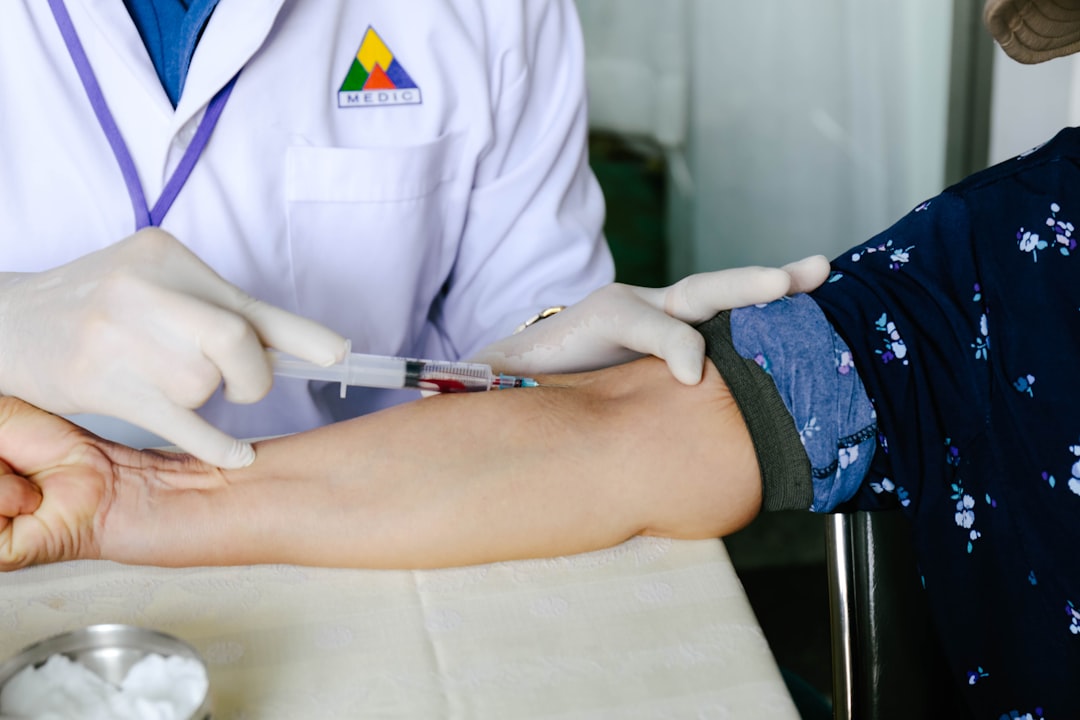What is it about?
Currently, microbiological culture is a key element for the diagnosis of invasive aspergillosis. However, because IA is due to environmental molds (Aspergillus fumigatus for most of the cases), the isolation of this mold from respiratory specimens cannot assess the diagnosis on its own. That is why several indirect means (antigens and DNA detection) have been evaluated, mainly in blood and serum. The current trend toward more effective anti-mold prophylaxis, which hampers the culture yield, and more patients at risk of IA in different clinical settings, which modifies the release of antigen and DNA in the blood stream, leads to the need of reappraisal of the performance of these indirect diagnostic tools.
Featured Image
Why is it important?
Invasive aspergillosis is a feared infectious complication mainly due to treatments of deeply immunocompromised patients. The mortality rate remains high around 40%. A part of this worrisome outcome is due to difficulties in assessing the diagnosis. We describe and comment some clues for a better use of the diagnostic means for the diagnosis of invasive aspergillosis.
Perspectives
The generalization of effective anti-mold prophylaxis decreases the performance of diagnostic means used as a screening test, simply by decreasing the prevalence of the disease, here invasive aspergillosis. The risk of the wide use of anti-mold prophylaxis is the selection of antifungal resistant microorganisms, which is more and more reported. There is therefore a need to better identify patient-specific risk factors of invasive aspergillosis to restrict the use of prophylaxis. To know whether next-generation sequencing will replace culture in the future to better define a population at higher risk of invasive aspergillosis remains challenging.
Prof Stephane BRETAGNE
Paris-Diderot, Sorbonne Paris Cité University, Paris, France
Read the Original
This page is a summary of: Challenges in microbiological diagnosis of invasive Aspergillus infections, F1000Research, February 2017, Faculty of 1000, Ltd.,
DOI: 10.12688/f1000research.10216.1.
You can read the full text:
Contributors
The following have contributed to this page










